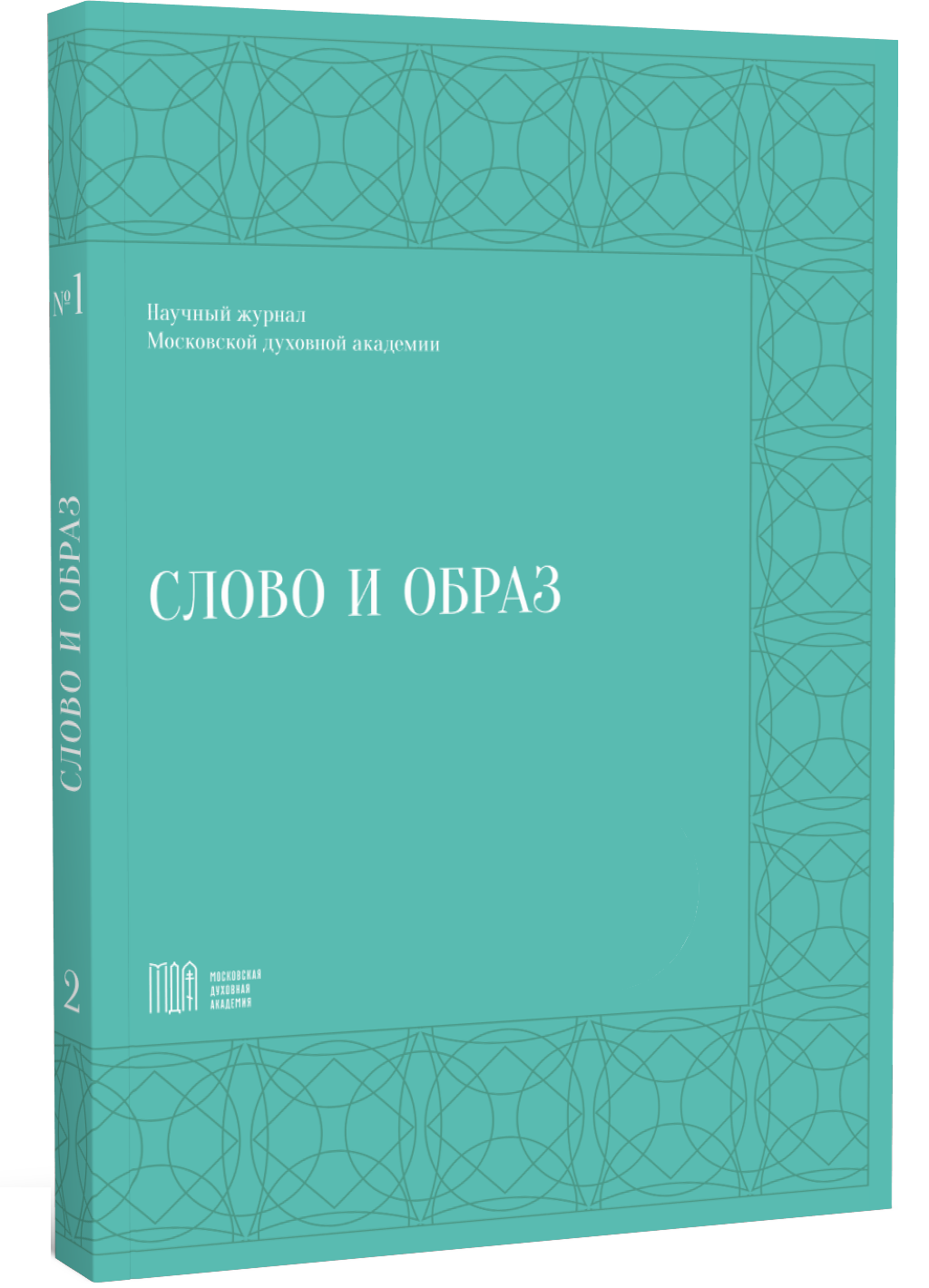The Functions of Dreams in the Poetics of F. M. Dostoevsky’s Novel «Poor People»
DOI:
https://doi.org/10.31802/WI.2022.6.1.005Keywords:
oneiric reality, dreams, sensetive, prognostic, illustrative-psychological, Dostoevsky, novel, «Poor people», Makar Devushkin, dream, realityAbstract
The general trend of literary criticism in recent years is the revision of a number of traditional provisions concerning the poetics of F. M. Dostoevsky, which explains the interest in the forms of interaction between “actual reality” and “oneiric paintings” in the writer’s artistic system. Dostoevsky’s early works are interpreted as an independent aesthetic phenomenon. The question of identifying the functions of visions, taking into account the specifics of their structure, which determines both poetic and ontological features of texts. The article mainly considers the functions of representation of oneiric reality in the novel “Poor People” by F. M. Dostoevsky. The following methods and research approaches were used in the work: comparative-historical, structural-semiotic (Yu. M. Lotman), mythopoetic, elements of psychoanalysis. The theoretical significance of the research lies primarily in the systematization of ideas about the oneiric world in the early works of F. M. Dostoevsky. The described classification of scenes of visions, the specifics of their relationship with the author’s intentions, can be used, along with other provisions, in further studies devoted to both the writer’s work and the typologization of “literary visions” in general.
Downloads
References
Достоевский Ф. М. Собрание сочинений: в 15 т. Т. 1–3. Л.: Наука. Ленинградское отделение, 1989–1996.
Королёв К. М. Энциклопедия символов, знаков, эмблем. Мидгард, 2005.
Ремизов А. М. Огонь вещей: Сны и предсонье: Гоголь, Пушкин, Лермонтов, Тургенев, Достоевский. Париж: Оплешник, 1954.
Frank Joseph. Between Religion and Rationality: Essays in Russian literature and culture. Princeton: Princeton University Press, 2010.
Downloads
Published
How to Cite
Issue
Section
Categories
License

This work is licensed under a Creative Commons Attribution-ShareAlike 4.0 International License.





